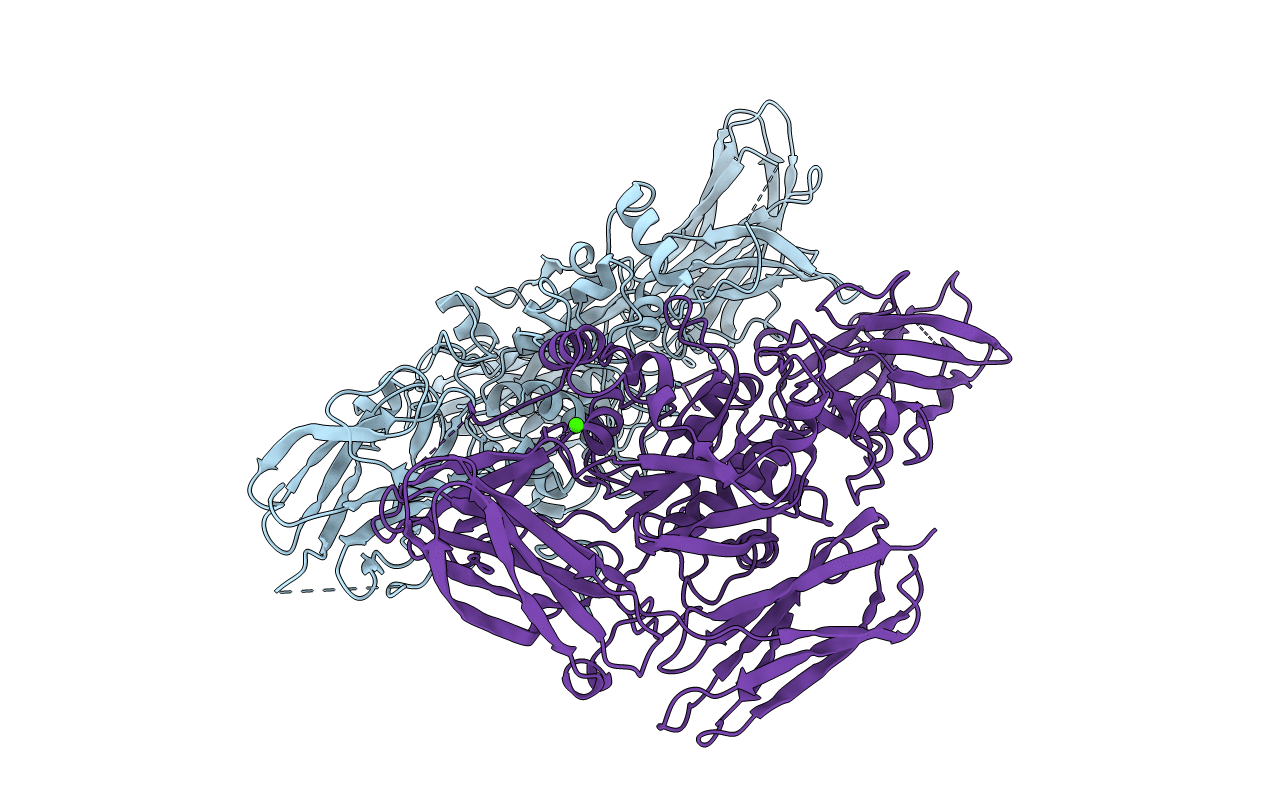
Deposition Date
1998-07-22
Release Date
1999-09-16
Last Version Date
2023-08-09
Method Details:
Experimental Method:
Resolution:
2.10 Å
R-Value Free:
0.31
R-Value Work:
0.22
R-Value Observed:
0.22
Space Group:
P 1 21 1


